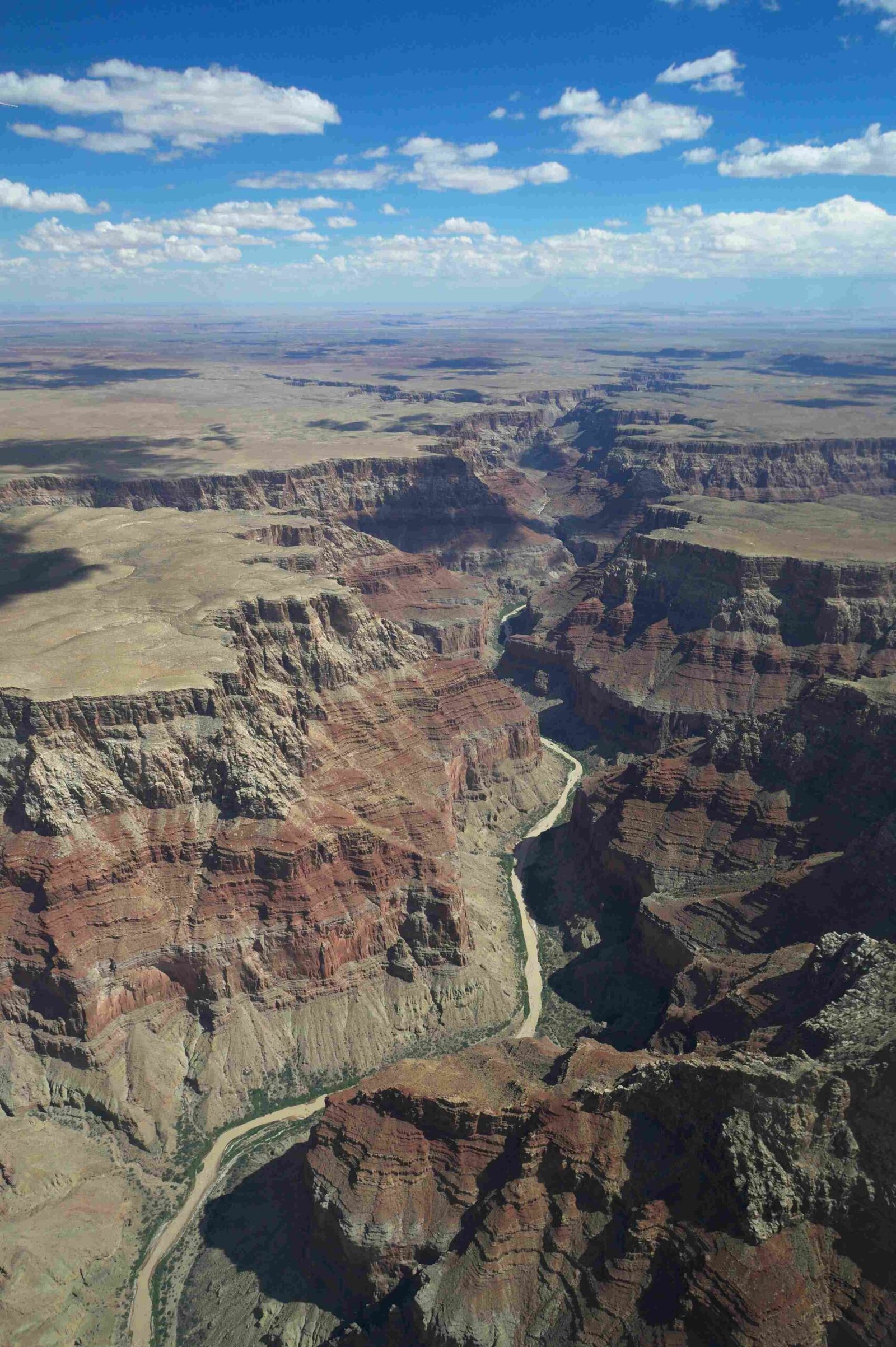The Colorado River’s flow through the Grand Canyon represents a complex hydrological system characterized by dynamic cubic feet per second (cfs) rates, influenced by seasonal snowmelt, dam operations, and environmental factors. Understanding these flow rates is crucial for ecological preservation, hydroelectric power generation, and recreational activities in one of the world’s most iconic natural landscapes.
What Determines Grand Canyon Flow CFS?
The Grand Canyon flow CFS is not a static measurement but a dynamic variable influenced by multiple interconnected factors. These include:
Seasonal Snowpack Variations
- Rocky Mountain snowpack directly impacts river flow
- Spring snowmelt typically increases flow rates
- Higher elevations contribute significant runoff volumes
Dam Management Strategies
| Factor | Impact on Flow CFS |
|---|---|
| Electricity Demand | Increases flow during peak hours |
| Environmental Experiments | Controlled releases for ecosystem maintenance |
| Water Conservation | Regulated discharge rates |
How Do Monitoring Systems Track Flow Rates?
USGS Streamgage Network
The United States Geological Survey (USGS) employs advanced monitoring techniques to track Grand Canyon flow CFS:
- Real-time data collection at multiple river points
- Automated sensor technology
- Continuous streamflow measurement
- Public data accessibility
What Are Typical Flow Rate Ranges?
Flow rates in the Grand Canyon exhibit significant variability:
- Spring Months (March-May): 8,000-15,000 cfs
- Summer Months (June-August): 12,000-20,000 cfs
- Autumn/Winter: Reduced flow rates, typically below 8,000 cfs
Why Do Flow Rates Matter?
Flow rates impact multiple critical domains:
- Ecological Balance: Sediment transportation
- Hydroelectric Power: Energy generation capacity
- Recreational Activities: Rafting and river navigation
- Wildlife Habitat: Ecosystem sustainability
How Do High-Flow Experiments Influence CFS?
Periodic high-flow experiments play a crucial role in river management:
- Rebuild downstream sandbars and beaches
- Simulate natural flood conditions
- Restore riverine ecosystem dynamics
- Typically involve releases of 35,000-40,000 cfs
What Technology Supports Flow Monitoring?
Advanced technologies enhance flow rate tracking:
– Satellite imagery
– Remote sensing equipment
– Machine learning predictive models
– Automated data collection systems
Challenges in Flow Rate Management
Key challenges include:
– Climate change impacts
– Increasing water demand
– Drought conditions
– Balancing multiple stakeholder needs
Practical Implications for Visitors
Visitors should consider:
– Check current flow rates before river activities
– Understand seasonal variations
– Consult professional rafting guides
– Prepare for potential flow rate changes
Future Outlook
Emerging trends suggest:
– More sophisticated monitoring techniques
– Enhanced predictive modeling
– Increased focus on sustainable water management
– Climate adaptation strategies
References:
– USGS Streamflow Data
– National Park Service Colorado River Monitoring
– Glen Canyon Dam Operations
Note: Flow rates are subject to continuous change and should be verified with current official sources.

